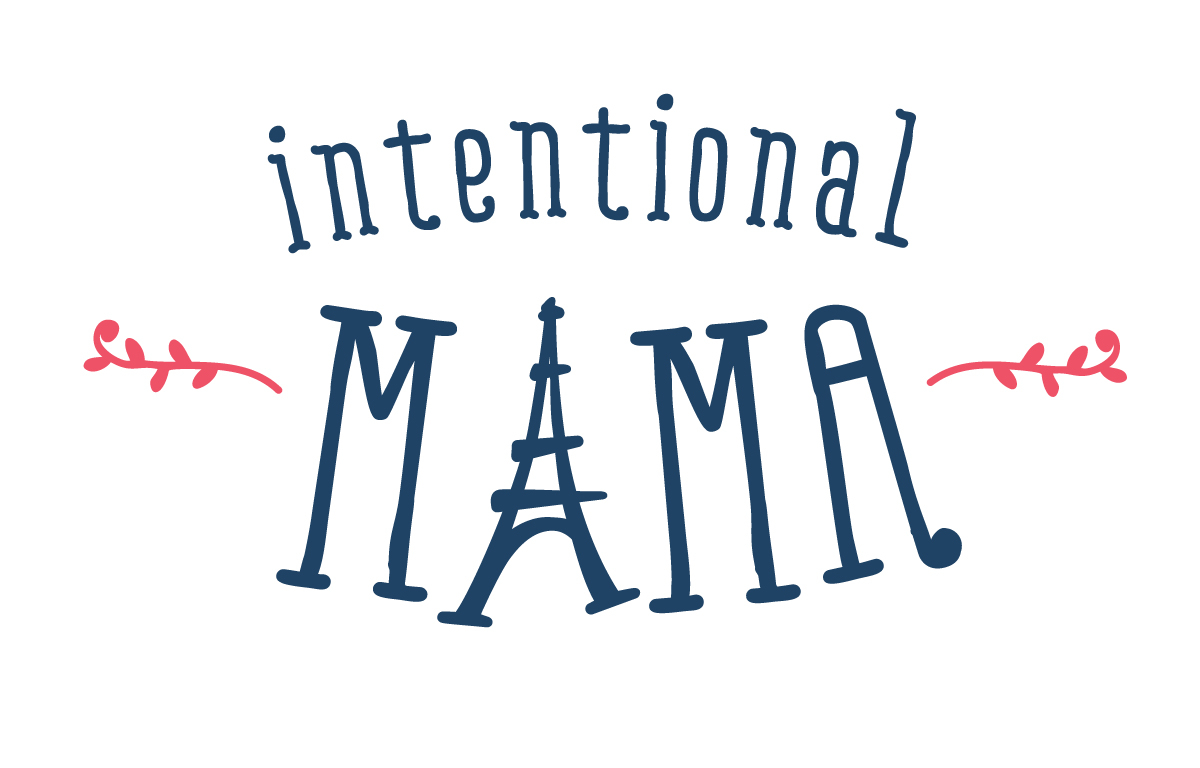Establishing The Children's Hour
When is The Children's Hour? Longfellow wrote about it in a poem by the same name. Today's culture has essentially forgotten that this daily interval has a name, but the timing remains the same: it's the hour after dinner and before bedtime. For many families, it's the only free hour together. Here are some ideas for making the most of this time:
- No helper left behind: Establish a family habit of everyone remaining in the kitchen and dining room until the table is cleared and the dishes are done. This lessens the individual workload and prevents family members from wandering off to individual pursuits.
- Quality time means sharing laughter: Encourage tickling and roughhousing. Overexcited children are happy children letting off stress. Shared emotional outlets actually help everyone fall asleep when the time comes.
The Children's Hour illustration by A.E. Jackson
- Get ready for reading: stories are great motivation for starting the bedtime routine without a struggle.
- Settle down with a story: Tell a story from memory or read a story (even when children are old enough to read themselves). Stories enrich our life experiences; shared stories prompt honest conversations. (In contrast, avoid the visual stimulation of TV, computer, and tablet screens--they suppress the normal nighttime release of melatonin.)
- Close their eyes with a question: The question can change with the child's age, but it helps to ask the same question each night. I ask my four-year-old about her favorite activity or event that day, and her answer often surprises me. I've really come to a better understanding of what is meaningful to her.
On a personal note, I memorized The Children's Hour for a poetry recital as an eleven-year-old, and I still love the mental imagery of Longfellow's daughters sneaking into his study. Allegra has been one of my favorite names since then.
What evening event or nighttime moments did you appreciate as a child? What bedtime stories do you recall with fondness?


